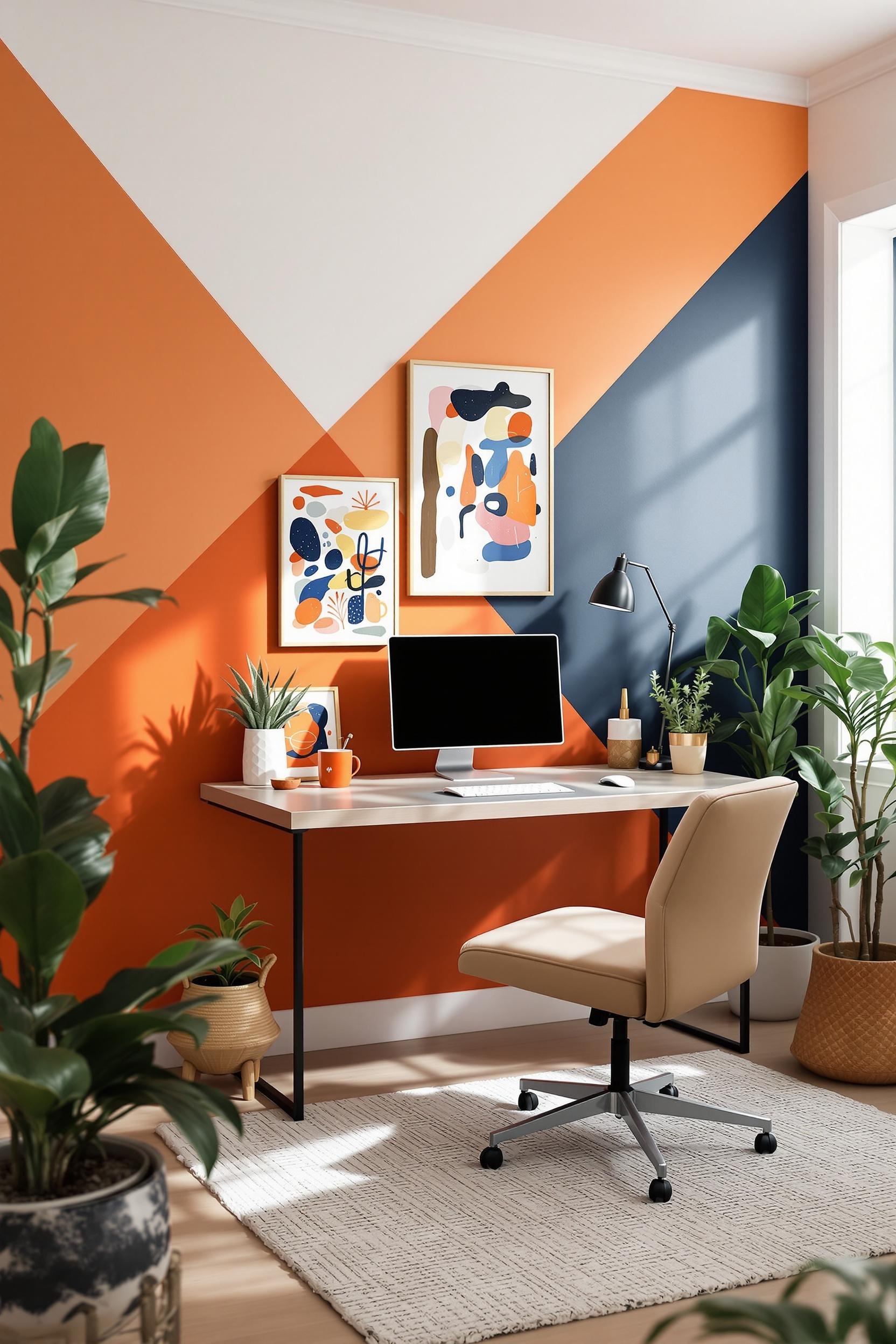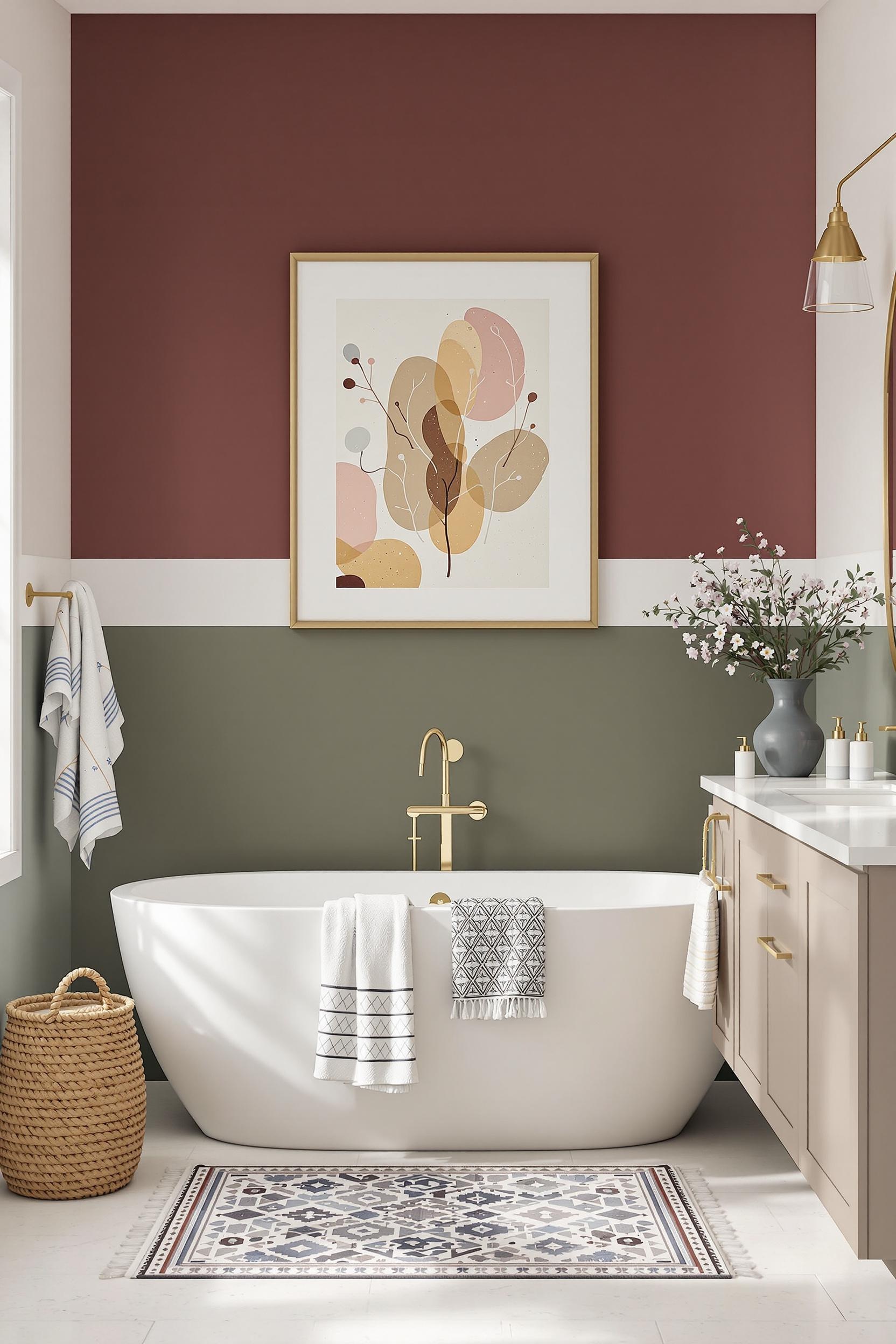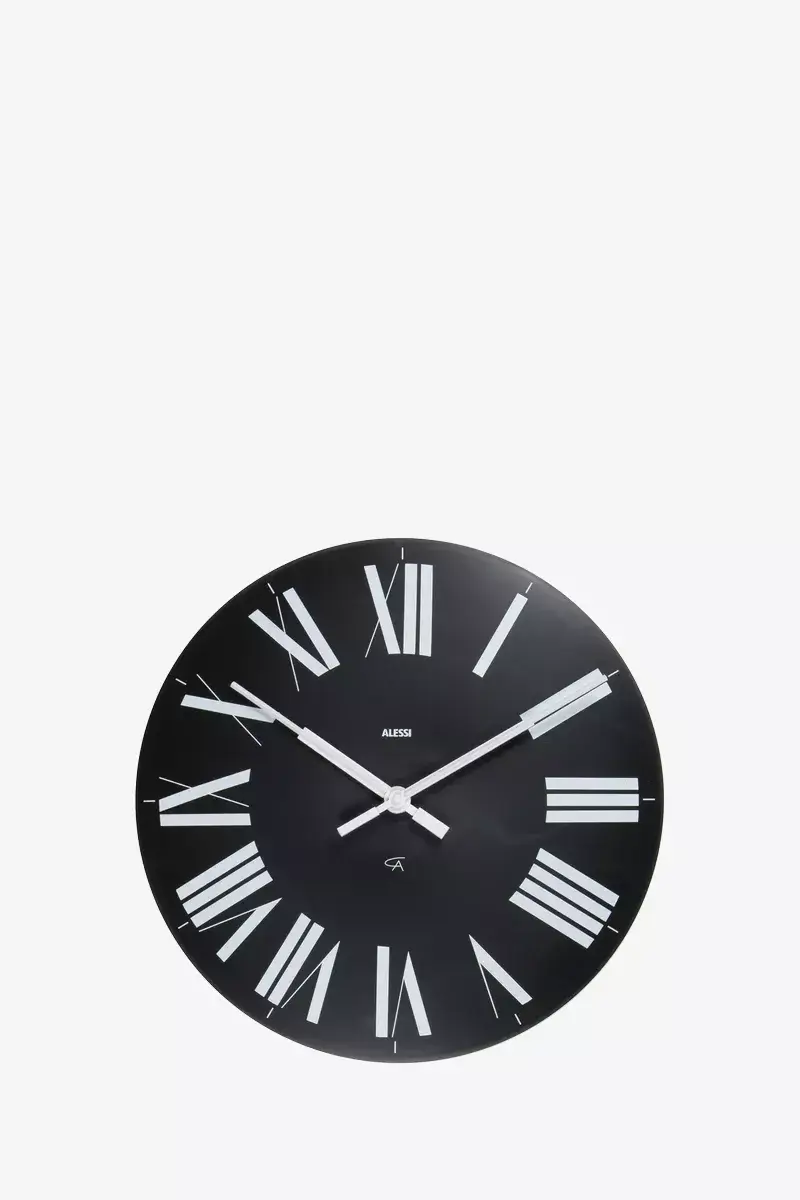
DIY Color Blocking Walls: Transform Your Space with Bold Patterns and Modern Minimalism
Have you ever walked into a room and felt instantly energized by its bold, creative energy? That’s the magic of a diy color block wall — it shakes off the ordinary and transforms your wall into a modern canvas. Whether you’re redesigning a studio apartment or giving your entryway a fresh look, color blocking is a smart, affordable way to express yourself through interior design. It’s one of the best color blocking interior design tricks I use when redesigning minimalist spaces.
In this guide, I’ll walk you through everything—from choosing the perfect color block wall paint ideas to using geometric lines for a sharp, sophisticated finish. And the best part? You don’t need to be a pro to pull this off. With the right techniques, tools, and a little patience, you can create stunning modern color block walls with ease.
Color Blocking Basics: What Is It and Why It’s Perfect for Minimalist Spaces
Color blocking is a painting technique that uses multiple blocks of bold or subtle hues to create dimension and contrast. In minimalist homes, blocks of neutral and vibrant shades filter distractions while defining focal points, establishing visual hierarchy, and maximizing small spaces. In fact, color blocking walls can visually enlarge small rooms without any structural modifications.
What makes minimalist color block walls so effective is their simplicity. You only need two or three well-chosen hues, a solid design plan, and precise execution. It’s ideal for small apartment bedrooms, home offices, and living rooms alike. I often use this technique when styling living rooms in need of personality with clean, modern design lines.
Professional Secrets for DIY Color Blocking Wall Designs
1. Preparing the Canvas
The key to a flawless geometric color block wall is preparation. I can’t emphasize this enough—clean walls make all the difference. Start by filling nail holes with spackling compound, then sand everything smooth. Wipe down the surface with a damp cloth to remove dust and debris.
If you’re painting over a previously bold color, make sure to use a great primer to give your new palette a clean slate. I use Valspar Ultra or a similar high-quality, low-VOC paint recommended by designers in this DIY color blocking tutorial.
2. Tape Techniques for Sharp Geometric Lines
Now comes the magic—taping. Using a laser level ensures your lines stay straight. Mark out your shapes and press high-quality painter’s tape down firmly using a putty knife or old credit card. This helps seal the edges to prevent paint seepage and keep lines ultra crisp. When I want curves, like arches over doorways, I gently bend flexible tape into shape and reinforce it with a pencil outline.
3. Choosing the Best Paint Colors for Minimalist Walls
When choosing colors, I always ask myself: What mood do I want to create? Bold accents like forest green or rust add vibrancy, while warm whites or blush pink feel airy and refined. Your choices should reflect your style without overpowering the room’s purpose.
Try a two-tone horizontal accent wall technique for bedrooms or a vertical stripe color blocking wall in tight spaces like foyers or hallways. Pair neutral foundations with just one vibrant pop of color for balance, as shown in this strategic color palette guide.
Advanced DIY Color Blocking Wall Ideas for Every Room
Architectural Accents and Shapes
Color blocking doesn’t have to stop at rectangles. I love incorporating diagonals, arches, and even triangles into designs. Creating asymmetry with DIY geometric shapes for small spaces always adds interest. These shapes break visual monotony and work especially well in bedrooms and accent walls.
You can also break up open floor concepts by applying color zoning magic—an advanced strategy I often use in open-plan living areas. This technique uses color to create visual separation between spaces without adding walls.
Creative Placement and Layering
Consider layering colors behind furniture or focal artwork. You’ll see this in action inside my post on how to use bold backdrops for mirrors and frames. For a playful twist, paint behind your bed frame or create a floating headboard effect in tight bedrooms with this two-color vertical block technique.
I even experimented with color blocking walls in bathrooms using waterproof paint and subtle vertical lines. Explore more ideas for this space in my full bathroom transformation tutorial.
Tools & Materials: What You’ll Need for DIY Color Block Walls
Painting Tools and Supplies
- Laser level for accurate lines
- Painters tape (frog tape or professional grade)
- Angled paintbrushes and foam rollers
- Putty knife or credit card
- Drop cloths and paint trays
- Fine-grit sandpaper (120-220 grit)
Want those Instagram-worthy sharp edges? Use the same trick I do—press your tape seal tight with a tool, then remove the tape when the paint is still tacky but not wet. You can learn more about technique from this guide from Purdy.
Paint Choices and Finish
Matte, eggshell, or even a soft semi-gloss finish works well for color block accent walls. I prefer matte finishes for minimalist spaces because they diffuse light and create soft ambiance. Always make sure your color palette works with your lighting—test swatches during different hours of the day.
For the paint itself, I recommend Valspar Ultra. It glides smoothly, rarely needs more than two coats, and cleans easily—perfect even for high-traffic zones. If you’re feeling experimental, you can explore pastel color blocking for a refreshing twist on minimalist styles.
Color Blocking FAQ: Your Most-Asked Design Questions Answered
1. How do I choose the right colors?
Stick to 2-3 complementary tones. Choose one neutral, one medium tone, and a bold accent. Use tools like a color wheel to find dynamic but balanced schemes. Always test swatches in natural and artificial light first.
2. What tools do I need?
You’ll need:
- Painters tape
- Laser level
- Paintbrushes and foam rollers
- Spackling compound and fine sandpaper
This toolset forms the backbone of your perfect minimalist wall painting project.
3. Will color blocking make my room feel bigger?
Yes! Strategic placement of vertical or angled lines can expand the visual height and depth of small rooms. Learn more about space-saving illusions in this post.
4. How do I make straight lines?
The secret? Preparation and pressure. Use a laser level for guidance. Press your painter’s tape down hard with a flat edge tool. Always remove the tape when the paint is slightly wet for the best results, as explained in this project walkthrough.
5. What mistakes should I avoid?
Don’t skip surface prep. Don’t add too many colors to a small space. And never cut corners with tape quality or paint type. For help choosing non-clashing colors or shapes, check out these 2025 minimalist paint ideas.
Transform Your Home: Color Blocking Design Challenge Starts Now!
Color blocking isn’t just painting—it’s a mindful approach to spatial transformation. Using geometric shapes and strategic color zoning, you can:
- Expand room dimensions visually
- Create clear focal points
- Add depth and warmth to minimalist spaces
- Design with intention and personality
I’ve created a free resource toolkit packed with everything you need, like:
- Printable design templates for geometric plans
- A minimalist color wheel guide
- Painters tape cheat sheet
- My private minimalist wall color worksheet
Ready to get started?
Join the Color Blocking Revolution
Conclusion: Start Your DIY Color Blocking Wall Journey Today
Now that you’ve learned how to prepare, design, paint, and troubleshoot your own color block accent wall, it’s time to take action. Try picking one wall this weekend. Experiment with bold blocks or split wall color blocking techniques for bedrooms. You’ll be amazed how much visual impact a few strategically placed shapes and colors can make.
Want more design advice and geometric inspiration? Sign up for my newsletter to get exclusive tips, free downloads, blog updates, and behind-the-scenes peeks into my latest color blocking adventures!






